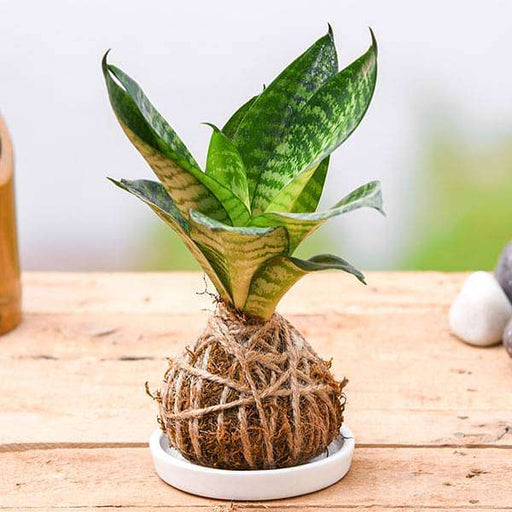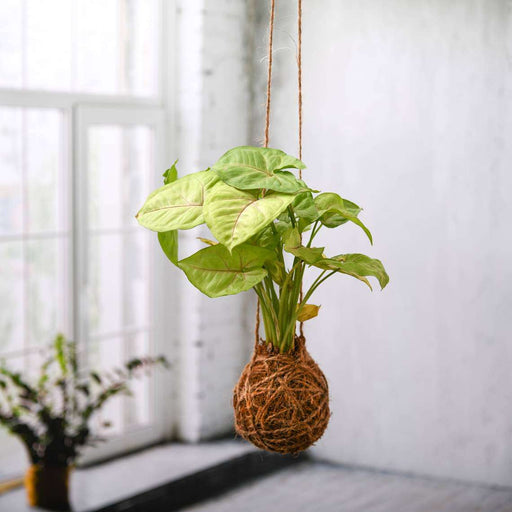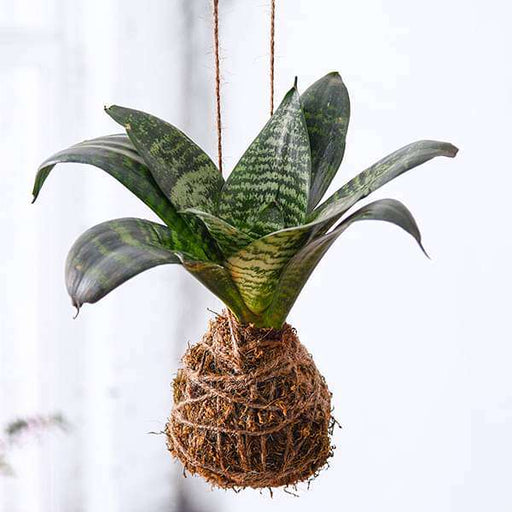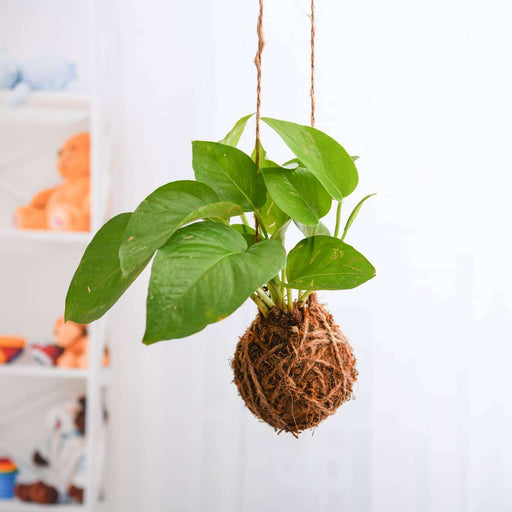What are Kokedama Plants
Kokedama plants are a Japanese form of plant art that involves wrapping a plant's roots in moss and creating a living ball. In this article, we will explore what kokedama plants are, their history, and how to make them.
Benefits of Kokedama Plants
Kokedama plants not only add beauty and aesthetic value to your home but also offer many benefits, including air purification and stress reduction. In this article, we will explore the benefits of kokedama plants and how they can improve your overall well-being.
Types of Kokedama Plants
Kokedama plants come in a variety of types, each with its unique characteristics, flavors, and growth habits. In this article, we will explore the different types of kokedama plants and provide information on how to grow and care for them.
Growing Kokedama Plants
Growing kokedama plants can be a fun and rewarding experience. In this article, we will provide tips and advice on how to grow kokedama plants successfully, including soil preparation, watering, and fertilization.
Care and Maintenance of Kokedama Plants
Proper care and maintenance of kokedama plants can help them thrive and produce a bountiful harvest. In this article, we will discuss the best practices for pruning, fertilizing, and pest control of kokedama plants.
Kokedama Plants for Landscaping
Kokedama plants are a popular choice for landscaping due to their unique appearance and low-maintenance nature. In this article, we will provide advice on how to choose the right kokedama plants for your landscape and how to incorporate them into your overall design.
Kokedama Plants for Indoor Use
Kokedama plants are a great choice for indoor use due to their small size and unique appearance. In this article, we will explore the best kokedama plants for indoor use and provide advice on how to care for them.
Kokedama Plants for Outdoor Use
Kokedama plants can also be grown outdoors in warm and humid climates. In this article, we will explore the best kokedama plants for outdoor use and provide tips on how to care for them.
Kokedama Plants for Small Spaces
Kokedama plants are a perfect choice for small spaces such as apartments or offices. In this article, we will explore the best kokedama plants for small spaces and provide advice on how to care for them.
Kokedama Plants for Wedding Decor
Kokedama plants can add a unique and natural touch to your wedding decor. In this article, we will explore the best kokedama plants for wedding decor and provide tips on how to incorporate them into your wedding design.
Kokedama Plants for Gifts
Kokedama plants make a thoughtful and unique gift for any occasion. In this article, we will explore the best kokedama plants for gifting and provide tips on how to package and present them.
Kokedama Plants for Bonsai
Kokedama plants can also be used as a base for bonsai trees, adding a unique twist to this traditional art form. In this article, we will explore the best kokedama plants for bonsai and provide advice on how to care for them.
Kokedama Plants for Zen Gardens
Kokedama plants can be used to create a calming and serene atmosphere in a Zen garden. In this article, we will explore the best kokedama plants for Zen gardens and provide tips on how to create
Kokedama Plants for Terrariums
Kokedama plants can also be used in terrariums, creating a unique and self-contained miniature garden. In this article, we will explore the best kokedama plants for terrariums and provide advice on how to create and care for them.
Kokedama Plants for Herbs
Kokedama plants can be used to grow herbs indoors or outdoors, providing a fresh and flavorful addition to your meals. In this article, we will explore the best kokedama plants for growing herbs and provide tips on how to care for them.
Kokedama Plants for Succulents
Kokedama plants can also be used to grow succulents, adding a touch of greenery to your home or office. In this article, we will explore the best kokedama plants for growing succulents and provide tips on how to care for them.
Kokedama Plants for Orchids
Kokedama plants can be used to grow orchids, creating a unique and beautiful display. In this article, we will explore the best kokedama plants for growing orchids and provide tips on how to care for them.
Kokedama Plants for Christmas Decor
Kokedama plants can add a festive and natural touch to your Christmas decor. In this article, we will explore the best kokedama plants for Christmas decor and provide tips on how to incorporate them into your holiday design.
Kokedama Plants for Spring Decor
Kokedama plants can also be used to add a touch of spring to your home decor. In this article, we will explore the best kokedama plants for spring decor and provide tips on how to create a beautiful and fresh display.
Kokedama Plants for Climate Zones
Kokedama plants have different growing requirements depending on the climate zone they are grown in. In this article, we will explore the best kokedama plants for different climate zones and provide tips on how to care for them.



















































